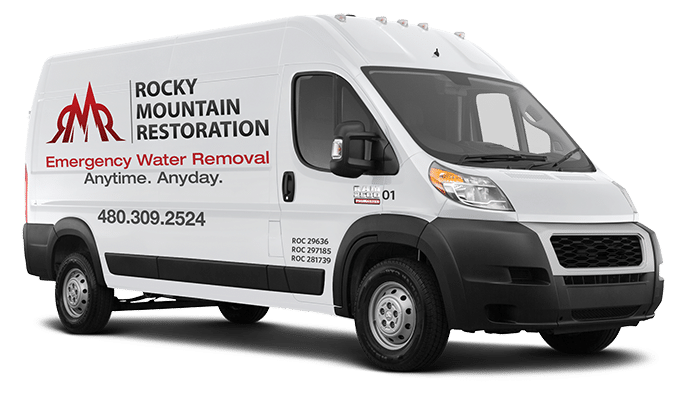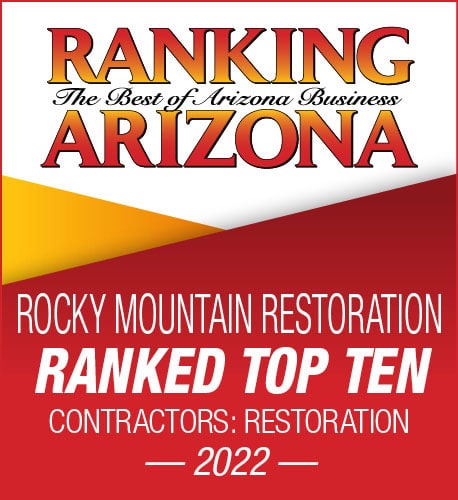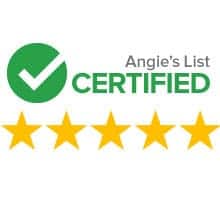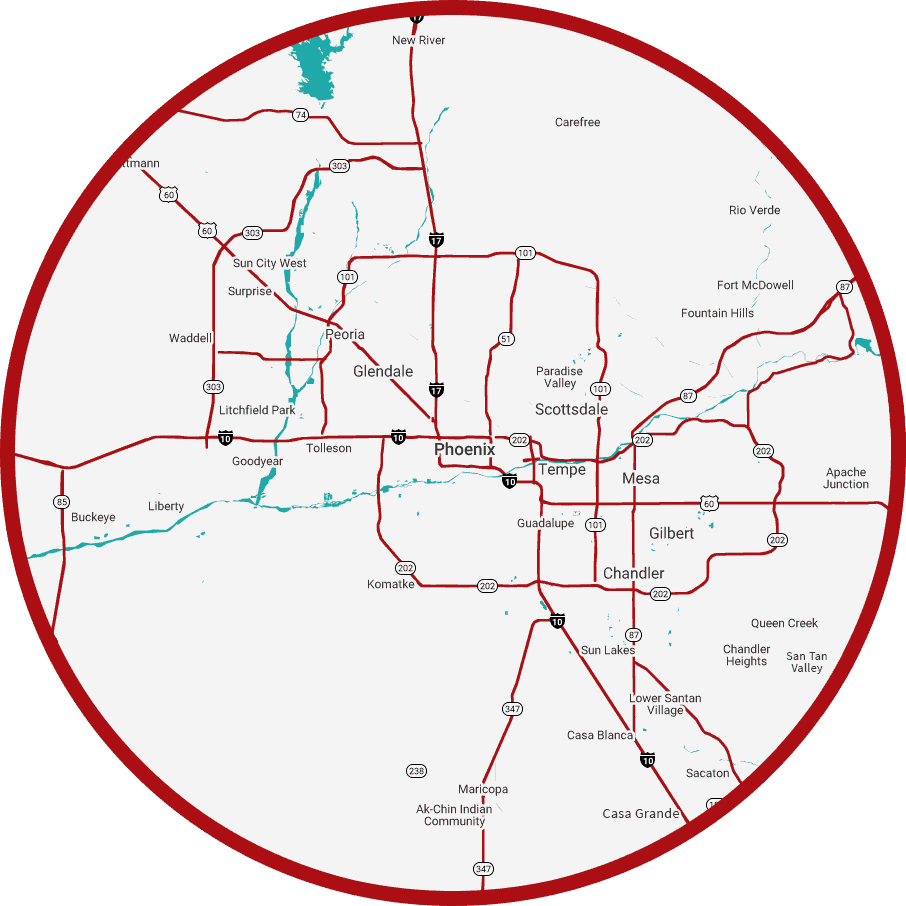Six Ways to Reduce Water Damage in Your Facility
Water damage can move quickly through a commercial property and cause tens, or even hundreds of thousands of dollars’ worth of damage in just a few minutes. Sadly, most people don’t realize that just one sprinkler head can dump as much as 100 gallons of water into the room in a couple minutes, and water from a broken plumbing line to a toilet or icemaker can put a lot of water into the structure in just a few hours!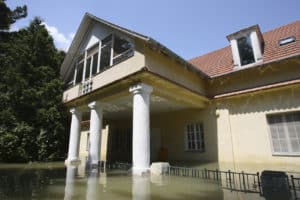
Proper planning, fast response, and routine maintenance can all work together to ensure your property, your employees, and your financial investment will be safer in the event of a natural disaster, sewer leak or overflow, or any other situation where excess water may be an issue.
- Identify Leaks and Cracks Before They Cause Issues.
Water follows the path of least resistance; any crack or leak in walls, flooring, windows, and roofing are possible entry points for moisture, whether during severe weather or just through normal operation of your building’s utilities. Get an inspection, including the foundation and the exterior walls and make appropriate repairs when found. - Respond Immediately to Water Leaks.
Failure to act when a significant amount of water is present in your building is a sure way to invite water damage to equipment, mold growth, and other concerns, such as wood rot. Consider hiring a disaster remediation contractor as quickly as you can. Professional flood remediation companies can remove excess water, greatly reduce the chances of mold growth, and dry one or several rooms of a building within the 48 – 72 hour window where mold is most likely to appear. - Battery-Operated Sump Pumps Can Prevent Damage
A sump pump, typically located in the basement of a building, can also be used to greatly reduce water which has pooled in the lower level of the building. Installation usually requires cutting into the floor and installing the pump, with placement depending on the location of basement walls and the dimensions of your building. Battery operation ensures that you won’t lose pump capabilities in the event that you lose power, or that power must be disconnected to reduce electrical hazards inside of your building. - Exterior Sources of Incoming Water Must Be Checked
Parking complexes, water features, and other installations on your property can also either be a source of water themselves, or funnel water so that they can enter your building through other areas of access. Make sure to inspect any potential weak points in your building where excessive water can enter, such as beneath the doorway between a parking garage and an upper floor of the property. Likewise, larger water features may contribute to increased water levels and should always be turned off as part of your pre-disaster planning and actions. - Appropriate Landscaping Can Minimize Damage.
Finally, having a water run off solution or irrigation system installed on your property is a smart idea, but it may not be as effective in ten years as it is today. If you haven’t had these systems recently inspected, maintained, and upgraded, it is highly recommended that you do so.
- Know Your Disaster Recovery Contractor. Contacting and interviewing disaster mitigation and recovery contractors before a disaster happens can give you the peace of mind you need when a disaster does strike your facility. A trusted PREP Certified contractor will know respond immediately, know what to do and work hard to help you recover quickly – with the least amount of business interruption.
